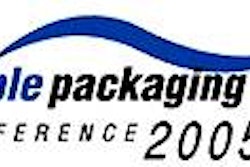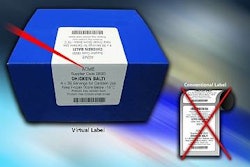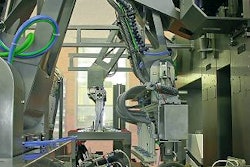But not all attention is glued to UHF. Consider the following bits of information:
• RFID isn’t all about Wal-Mart.
• HF is superior for item-level tracking such as for pharmaceutical applications.
• Some believe that RFID for pharma will eventually dwarf RFID for Wal-Mart.
Shahram Moradpour, CEO of Cleritec, is an RFID expert formerly with Sun Microsystems where he managed projects with 450 partner companies.
“There are a lot of pharmaceutical companies leaning towards HF,” Moradpour says. “HF can often be a better solution than current UHF technology for item-level tagging. A drug manufacturer isn’t as concerned about a $1 RFID tag on bottled medicine. It’s more important for them to track the pedigree of the product.”
UHF shortcomings such as low read rates have been noted. They were also uncovered during the Project Jumpstart pilot conducted by pharmaceutical stalwarts such as Cardinal Health.
Cardinal Health’s director of business integration Pete Beckwith shared with us the fact that read rates can be “poor,” with read rates from 80% to 85%—and taking up to 15 minutes. The corrugated cases contained more than 48 item-level tagged products. Other tests, for case counts fewer than 48, had reached 95% read rates. The results varied based on product packaging characteristics and environmental issues.
“There have been discussions among pharmaceutical companies about HF,” says Beckwith, “and some retailers are talking about it. Since it works in close proximity, there’s less chance that noise in the environment will create false reads. The trade off is that it may not operate well in distribution environments where speed is critical and proximity is not practical.”
Could RFID for pharma indeed dwarf the Wal-Mart mandate?
“That could be possible,” says Beckwith, “simply because pharma is looking at item-level tagging, while the Wal-Mart mandate is for cases and pallets.”
So, what is the best frequency?
“The suitability of the particular RFID technology to use depends on the product, package, and application,” says Moradpour. “Mandates, which by definition must cover a very broad set of applications, can sometimes conflict with the fit of the best technology to a specific application.” That challenge is one the industry is up to and will resolve, one way or another, he adds.
























